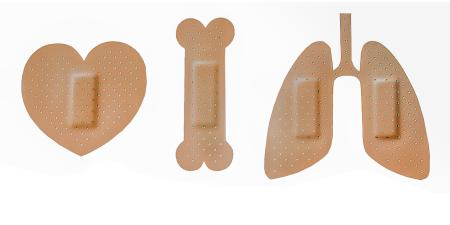Wazana A. Physicians and the pharmaceutical industry: is a gift ever just a gift? JAMA. 2000;283(20):373-380.
In his study to determine the extent of and attitudes toward the relationship between physicians and the pharmaceutical industry, Dr. Ashley Wazana notes that the pharmaceutical industry spends an estimated $8000 to $13,000 per year on each physician in marketing its products. Promotional campaigns by the pharmaceutical industry often provide physicians with essential information about new drugs and current research.
Not infrequently, however, their marketing activities include gifts to physicians in the form of logo-covered pens and free meals, as well as subsidized travel and support for symposia and continuing medical education programs. Most medical societies do not ban these gifts, but they do have explicit guidelines for regulating the value and type of gift that is appropriate as well as the conditions under which these gifts should be given and received (see, for example, AMA Policy 8.061, Gifts to Physicians from Industry).
Despite these guidelines, many share a concern that gifts may bias physician attitudes and alter prescribing decisions. This study helps to substantiate these concerns. Dr. Wazana suggests educational and policy interventions as partial solutions to counteract the influence of the pharmaceutical industry.
Questions for Discussion
1. Do pharmaceutical industry gifts to physicians have any direct or indirect benefits for patients? What are they?
2. Can patients be harmed by the current gift-accepting practices of medical professionals? How? Do potential benefits exceed potential harms?
3. Should the medical profession curb the pharmaceutical industry's influence on physician attitudes and prescribing choices? If so, how?



